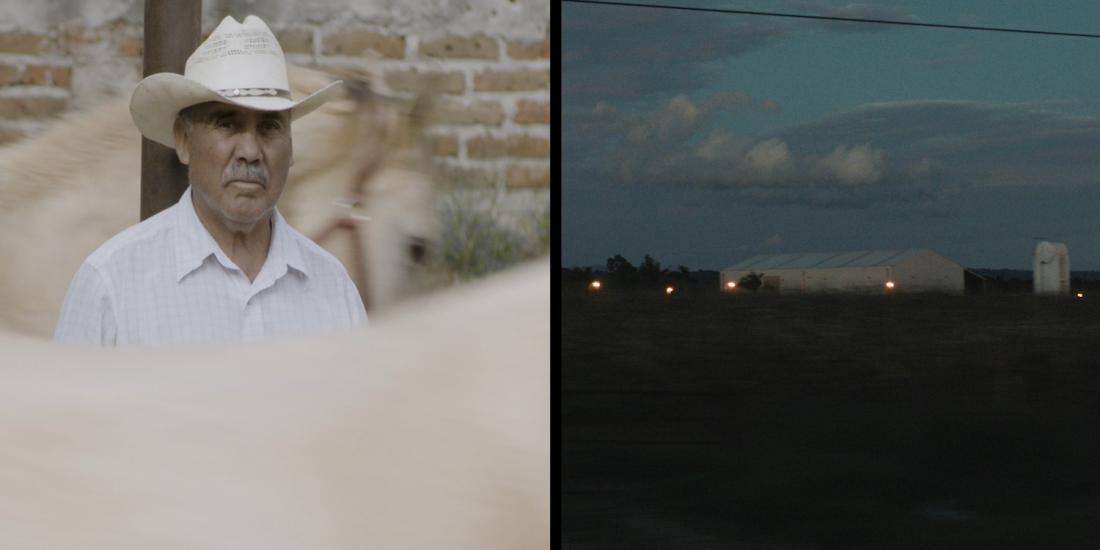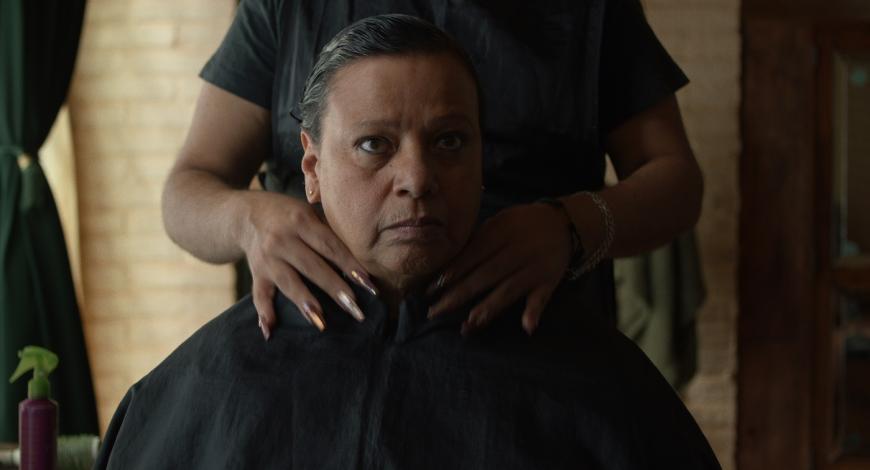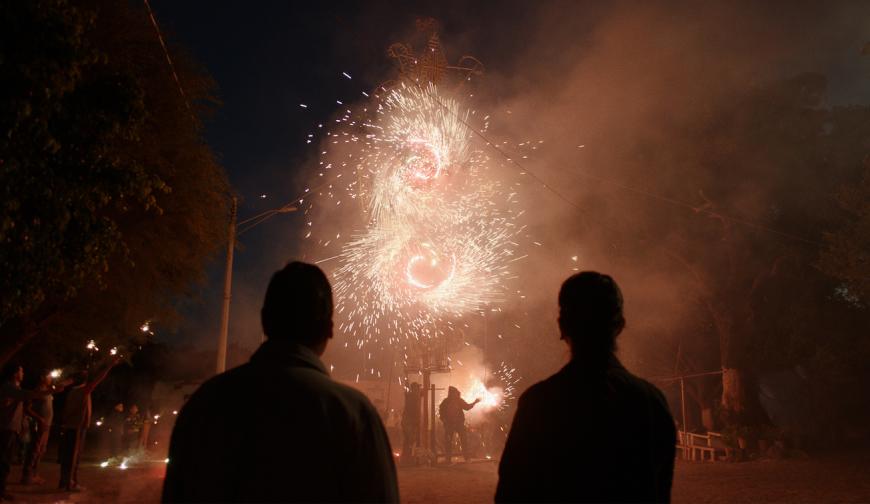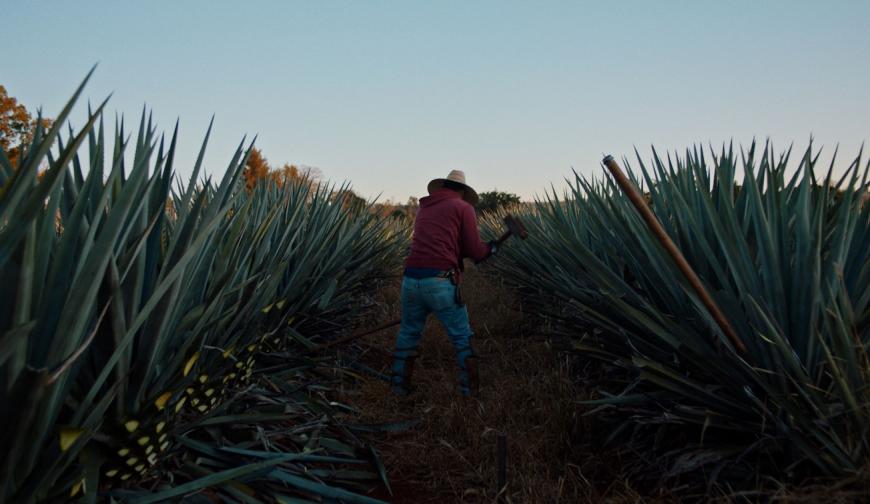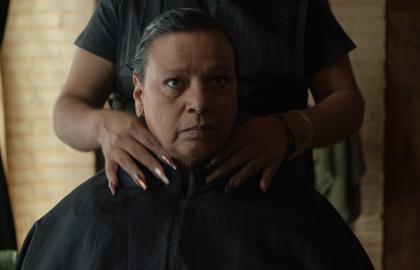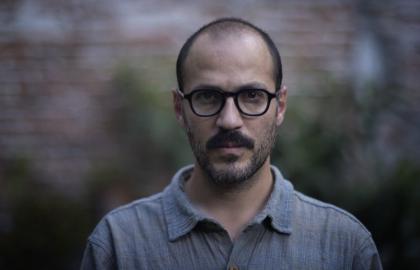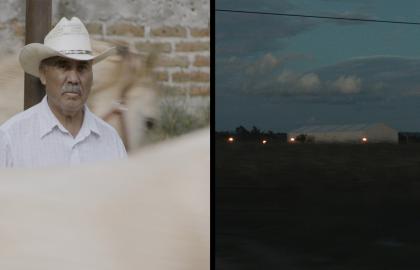Shadows, dark contours, and gathering clouds. There is an unmistakeable threat hanging over the tequila factory that gruff Maria (Teresa Sánchez) inherited from her father and continued to expand in the central Mexican province of Jalisco. Director Juan Pablo González knows the region well; he grew up there in a family traditionally involved in the tequila industry and has already filmed short and feature-length documentaries in the same local community. He began writing Dos estaciones (2022), his first narrative film, while shooting Caballerango (2018), a documentary in which he speaks to the father and other relatives of a young horse groomer who committed suicide. Suicide is a veritable scourge in the community; the means used to carry out the desperate act – a rope or weed killer – are named, the reasons remain less explicitly stated, though they are perhaps equally part of the poorer everyday existence.

Although González is close to the filmed characters outside the picture frame, he maintains a certain distance in his formal choices. Caballerango’s static camera, sometimes left unmanned to film, records from a distance and even the few relative close-ups feel slightly ‘invasive’. González also has a penchant for frame-in-frame photography, particularly filmed in trucks (such as the integral short film Las nubes (2018), a view through a windscreen with the rear-view mirror at the centre of the frame). Such frame constructions not only provide a generally dark frame that gives underexposed scenes an additional darkness, they provide an additional vehicle – like the car in González’s self-proclaimed source of inspiration Taste of Cherry (Abbas Kiarostami, 1997) – to sharpen the focus in the relationship between viewer-filmmaker and those being filmed. And that focus occurs more than once in the vital space of the truck – the embodiment of freedom, success, and work ethic that González not coincidentally allows to sputter in his first fiction film, Dos estaciones.
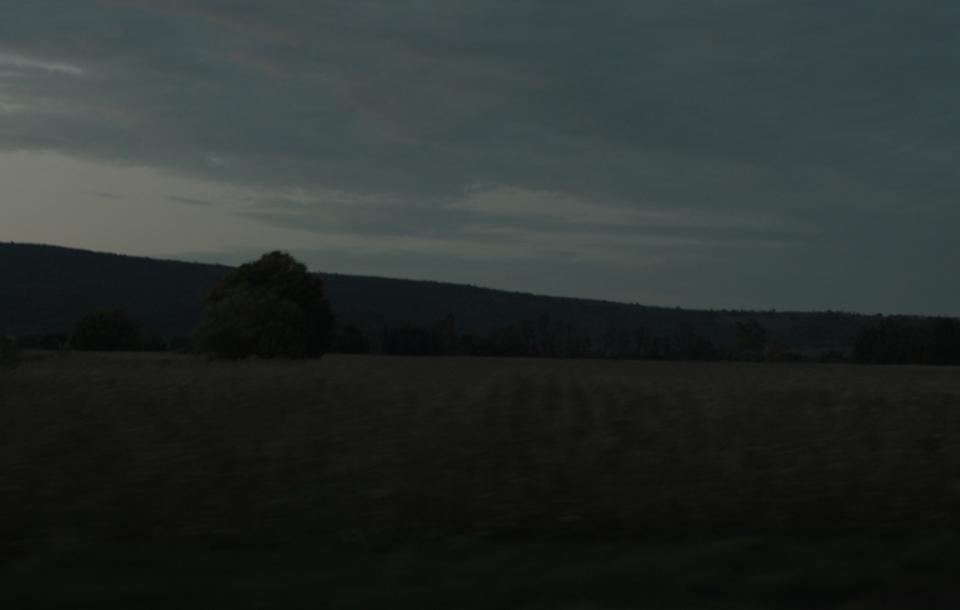
In it, González reverts to familiar elements from his documentary work. A narratively loose sequence of conversations and situations, mainly around pivotal characters Maria and her hairdresser Tatín (Tatín Vera), leads to a sketch of a community weighed down by dire circumstances. González’s front-line experience fuels the starting position: the survival of tequila factories is being threatened by a crisis in the agave harvest and the response of local producers in a competitive battle with international players who are slowly taking over the field. González’s ever-dormant theme of an irrevocably disappearing way of life in a specific part of the Mexican countryside gets a more concrete translation in it. As if he still wanted to point out the fictional nature of this film, González did not opt for a surreal touch – as with the white horses staring into the camera at the beginning and end of Caballerango – or for even more radical options to lift his story world out of its hinges, but he did introduce a visual element that was new to him: the Steadicam.
In the opening scene, Dos estaciones moves in on farmers harvesting in the twilight. This creates an interaction between a rather detached view of the fieldwork and the precise details of that work, although the workers’ faces remain shrouded in shadows. González continues his previously documentary exploration of the community: confidently close but with an apt distancing. Without falling into bottomless harping on the fiction-documentary dichotomy: what does González’s fiction add to this exploratory look? While Caballerango’ s static camera sometimes kept interlocutors out of view altogether, focus shifts during conversations in Dos estaciones suggest thought processes and potential conflicts. Thus, a fairly basic tool of fictional filmmaking can grow into a powerful means of expression for a documentary filmmaker who has previously been unable to use it or at least found it more difficult to use. This dynamic of suggestion, of seeing and not seeing, plays a particular role between Maria and the administrative assistant Rafaela (Rafaela Fuentes) whom she takes in (board and lodging instead of a salary she cannot afford). Even humour has a place in their interaction, though it is not readily apparent from the sombre face of Maria, who only laughs wholeheartedly when she is behind the wheel of a heavy truck – one that for once doesn’t stall or only falters when turning over – doing doughnuts on the dry red earth, creating an impenetrable cloud of dust. She does not experience that freedom anywhere else. In other scenes, convulsive discomfort prevails, sometimes both in terms of the film itself and for the main character. For instance, there is the all-too-typical Steadicam shot that follows behind Maria as she trudges off towards an indeterminate destination, full of doubt. Nobody, truly nobody, knows where to go… Such ‘nervous ticks’ in contemporary art house fiction are used to create meaning where it has trapped itself did not cross González’s path in Caballerango, relying on testimony, observational photography, and simple but fittingly effective symbolism. All this is also reflected in Dos estaciones, which is most convincing as a sketchy portrait of a disappearing community in line with its documentary predecessors. González sums up most succinctly just how much his filming is a form of memory work in the song title that flows by on a local radio station: ‘Recordar es vivir’.
Bjorn Gabriels
This essay was provided by the film criticism magazine Fantômas
and translated by Bozar. With enriching depth and thoughtful analysis,
this collaboration ensures contextualisation of the film programme, and a resting point when watching.
